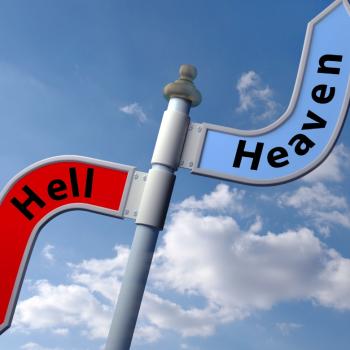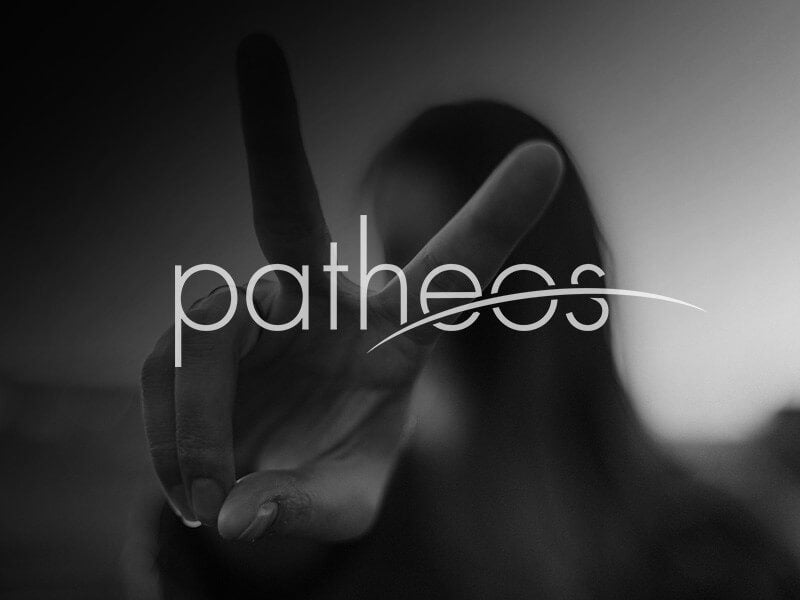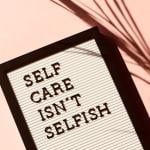GODSTUFF
THE TAP PROJECT: GIVE A GLASS OF LIVING WATER
Normally the only time I give much thought to the glass of drinking water on the table at a restaurant is when it’s missing.
How many times have I said, “Could I please have a glass of water when you have a minute?,” not giving a nanosecond’s consideration to where it’s coming from, how it got there and how lucky I am to have it?
Tall or short, fancy or basic, with or without ice, our water glasses are usually full, set down at the table by busboys just after we take our seats. They blend in like air and light and nonsmoking signage. We don’t notice them. Unless they’re not there.
This week in Chicago — Holy Week, in fact, in most Christian traditions — UNICEF has launched a program designed to both make us more mindful of (and thankful for) our ubiquitous drinking water and help provide potable water to the more than 1.1 billion — that’s billion with a “B” — people worldwide who don’t have access to a safe water supply.
UNICEF’s “Tap Project” debuted last year in New York City, where, for one day in March, more than 300 restaurants asked patrons to donate $1 per glass of tap water. They raised more than $100,000.
This year, in 39 cities across the nation, more than 2,000 restaurants — including about 200 in the Chicago area — have signed up to participate in the weeklong Tap Project, which started Monday and runs through Sunday. The goal is to raise $1 million.
A single dollar will provide clean drinking water for a child for 40 days.
According to Water Aid, the international not-for-profit dedicated to helping provide safe drinking water and sanitation to the world’s poor, did you know:
†If the Earth’s water were to fit into a bucket, only a single teaspoon would be drinkable?
†Every 15 seconds a child dies from water-related diseases? That’s about 5,000 children each day and 1.8 million children every year.
†Water-borne diseases are the second-biggest killer of children worldwide, after respiratory infections such as tuberculosis?
†The weight of water women in Africa and Asia carry on their heads is 44 pounds (about the same as the average luggage allowance on domestic flights)?
†At any given time, patients suffering from water-related diseases occupy half the hospital beds in the developing world?
†The average North American uses 105 gallons of water every day for washing and cooking? The average person in the developing world uses about 2.5 gallons of water daily?
Seeing as how this is Holy Week — the last stretch of Lent leading up to Easter Sunday — I couldn’t help but ask that annoying pop-culture question-cum-slogan: What would Jesus do (about the worldwide water crisis)?
There are many issues that, according to biblical accounts, Jesus didn’t address explicitly: homosexuality, national security, immigration and preemptive strikes, to name a few.
Jesus did, however, talk about water and thirst.
In the Gospel of St. Matthew, Jesus talked about a day of judgment where the sheep would be separated from the goats.
“I was hungry. You gave me food. I was thirsty. You gave me a drink,” he said.
When the “sheep,” a k a the faithful, asked when they had seen him thirsty or hungry and helped, Jesus told them whenever they did that for the least of those among them, they did it for him.
If they’re thirsty, we should — we must, actually — give them something to drink. That’s what Jesus would do.
In nearly every religious tradition — from Baha’i, Shinto and Hinduism to Christianity, Islam and Judaism, water is a symbol of the sacred.
It gives life (literally and figuratively). We cannot live without water, which makes up as much as 70 percent of our bodies.
Water cleanses and renews. Depending on the religious tradition, it washes away our sins, unites us with the holy, signifies a new beginning and has the power to transform us.
So be thankful for that full glass on the table.
And spend an extra buck on truly holy water.















